Sometimes, all you need is a little space to make room for a lot more in life.
Have you ever looked around your home and thought, “Where did all this stuff come from?” You’re not alone.
According to the Self-Storage Association, nearly 1 in 10 households in the U.S. rent a storage unit, and one of the most popular options is the 10x10 storage unit.
It’s compact, affordable, and surprisingly versatile — but just how big is it, and what can it really hold?
Imagine a space about the size of a standard one-car garage; that’s roughly 100 square feet of floor space. However, with nearly 800 cubic feet of usable space, a well-packed 10x10 storage unit can store more than you might expect.
If you're wondering what fits in a 10x10 storage unit or if it’s even worth it, you’re in the right place. In this guide, let’s break down everything you need to know about a 10x10 storage unit.
Understanding the Size of a 10x10 Storage Unit
If you've never used self-storage before, a 10x10 storage unit might sound small, but it can actually store quite a bit.
Exact Dimensions and Volume
A standard 10x10 storage unit is:
- 10 feet wide
- 10 feet deep
- Usually around 8 feet tall
This gives you a total of:
- 100 square feet of floor space
- 800 cubic feet of storage volume
That’s enough space to hold the contents of a two-bedroom apartment or an average living room.
What Does That Size Look Like in Real Life?
To help you visualize it, a 10x10 storage unit is similar in size to:
- A standard one-car garage
- Half of a single-car garage bay
- An average small bedroom
- A large walk-in closet
If you're storing boxes or bins, you could easily fit:
- Around 100–150 medium-sized boxes
- A queen-size bed, a dresser, and nightstands stacked on top
- Seasonal gear like skis, holiday decorations, or camping supplies
Layouts May Vary Slightly
Not every 10x10 storage unit is built the same. Depending on the facility, you might find:
- Taller ceilings (some go up to 10 ft)
- Wider units for easier access
- Indoor vs. drive-up access points
All of these can affect how much and what you can store. That’s why it’s helpful to check the unit type and layout when reserving.

Not sure if a 10x10 unit is the right size for you? Check out our complete Storage Unit Size Guide to compare all unit sizes and find the perfect fit for your needs.
Types of 10x10 Storage Units
While every 10x10 storage unit offers the same amount of floor space, the type of unit you choose can impact how you use it. Most self-storage facilities offer a few different types to match various needs, whether you’re storing personal items, business supplies, or seasonal gear.
Let’s take a look at the most common types of 10x10 storage units.
Indoor 10x10 Storage Units
Indoor units are located inside the storage building and are typically accessed via secure, climate-controlled hallways. This setup provides added protection from the weather, pests, and dust.
Benefits of indoor units:
- Often climate-controlled
- Protected from outdoor elements
- Well-lit, clean, and secure
-
Ideal for storing electronics, documents, clothes, or collectibles
Outdoor 10x10 Storage Units
Outdoor units are accessible from the outside of the building, often with drive-up access similar to a small garage. These are great if you want quick and easy loading or unloading.
Best for storing:
- Heavy items like small furniture or bins
- Tools and equipment
- Items you access frequently
Outdoor 10x10 storage units are typically not climate-controlled, so they're better suited for belongings that are not temperature-sensitive.
Climate-Controlled 10x10 Storage Units
Climate-controlled storage keeps your items in a stable temperature and humidity range, which helps protect them from damage due to heat, cold, or moisture. These units are especially useful for delicate or valuable items.
Perfect for storing:
- Wooden or leather furniture
- Photos, books, or documents
- Electronics or musical instruments
Climate-controlled 10x10 storage units are typically indoor units, but some facilities may also offer outdoor versions with temperature control.
What Can You Fit in a 10x10 Storage Unit?
If you're looking at a 10x10 storage unit and wondering if it’s big enough for your stuff. At first glance, 100 square feet might not sound like much. But when used wisely, this space can hold a surprising amount of belongings.
Let’s break it down so you know exactly what fits in a 10x10 storage unit.
Common Household Items That Fit
It’s a great option for storing personal or household items you don’t need daily access to.
Here’s what can typically fit inside:
-
A queen-size bed with a mattress and a box spring
- Dressers and nightstands
-
A sofa or loveseat
- Coffee and end tables
- Dining room table with 4–6 chairs
- Several medium to large moving boxes
- Bookshelves and storage shelves
- Flat-screen TVs and entertainment consoles
-
Appliances like a washer, dryer, or small refrigerator
Business or Office Items
A 10x10 self-storage unit is also a popular choice for small businesses or remote workers who need extra space for:
- Filing cabinets and document storage
- Office desks and chairs
-
Inventory or stock items
- Trade show displays and materials
- Point-of-sale equipment or kiosks
-
Shipping supplies and packaging materials
Seasonal or Specialty Storage
Need to swap out items throughout the year? A 10x10 storage unit is the perfect solution for:
- Holiday decorations (indoor and outdoor)
- Camping gear and tents
- Skis, snowboards, and winter sports equipment
- Bicycles and helmets
- Patio furniture and umbrellas
- Window AC units or space heaters
- Extra luggage and travel accessories
Recommended Uses for a 10x10 Storage Unit
A 10x10 storage unit is incredibly versatile when used for the right purpose. Whether you're a student, a business owner, or someone just looking to reclaim a bit of space at home, this unit can help in more ways than you might expect.
Let's examine who benefits most from a unit of this size.
Who It’s Best For
-
Homeowners in transition: Perfect for those moving between homes, downsizing, or renovating.
- Apartment dwellers: A great way to store overflow furniture, seasonal décor, or items that don’t fit in a smaller living space.
- College students: Store dorm room contents during summer break or study-abroad programs.
- Military personnel: Use it to store household goods during deployment or relocation.
- Small business owners: Ideal for storing inventory, supplies, or marketing materials without leasing commercial space.
- Hobbyists and collectors: Safely store collections, gear, or equipment without cluttering your home.
Situations When This Size Is Ideal
- During a move or relocation: Store furniture and boxes temporarily while transitioning.
- Home staging: Clear out bulky items to make your home look spacious and appealing to buyers.
- Decluttering for home organization: Create more breathing room by storing non-essentials.
- Temporary storage during renovation: Keep furniture and valuables safe from dust and damage.
- Storing shared household items: Great for roommates or families who need a neutral space for joint possessions.
- Starting or scaling a business: A practical and affordable way to manage business materials and documents.
Special Features & Add-Ons to Look For
Not all 10x10 storage units are built the same. Beyond just square footage, the real value often comes from features and extras that make your storage experience more secure and more convenient.
Here are some of the most useful features to look for when choosing a 10x10 storage unit.
Climate Control
A climate-controlled 10x10 storage unit helps protect your items from extreme temperatures and moisture. If you're storing anything sensitive to heat, cold, or humidity — like electronics, books, wooden furniture, or clothing — this is a must-have.
Secure Access & Facility Features
Security matters — even for a small unit. Look for storage facilities that offer:
- 24/7 surveillance cameras
- Gated access with keypads or app-based entry
- Individual unit alarms (at some locations)
- Well-lit hallways and exteriors
These features give you peace of mind that your belongings are safe, even if you're not checking in frequently.
Convenient Loading & Unloading
Storage shouldn’t be a hassle. A few small perks can go a long way:
-
Carts and dollies available onsite
- Elevator access for multi-story indoor facilities
- Drive-up access for outdoor 10x10 units
- Wide hallways and loading bays for easier movement
Especially if you’re moving heavy boxes or furniture into your 10x10 storage unit, these extras can save time and your back.
Digital Tools & Support
Modern storage facilities often come with digital conveniences that make managing your unit even easier:
- Online rentals and payments
- Mobile app for gate access
- Auto-billing and reminders
- Virtual unit tours or size guides
If you're comparing facilities, don’t just look at price — check what kind of support and tech they offer, too.
Cost of a 10x10 Storage Unit
The real cost of renting a 10x10 storage unit is more than just looking at the monthly rate. Let’s break down everything, so you're fully informed.
Monthly Rental Costs
Based on research across multiple sources:
- Standard (non-climate-controlled) 10x10 units typically range from $95 to $150 per month.
- Climate-controlled 10x10 units usually cost between $125 and $200 per month.
- The national average non-climate-controlled rate for a 10x10 unit is about $110/month, while climate-controlled rates run around $155/month.
Monthly Cost Table (10x10 Unit)
| Unit Type | Average Monthly Cost |
|---|---|
| Standard (non-climate) | $95 – $150 |
| Climate-Controlled | $125 – $200 |
| National Average (non-CC) | ~ $110 |
| National Average (climate CC) | ~ $155 |
Additional Fees to Budget For
- Administrative/Move-In Fee: Many facilities charge a one-time move-in fee, typically $15–$40, and some may include the first month's rent or offer discounts upfront.
-
Insurance Cost: Optional storage insurance typically ranges from $12 to $25 per month, depending on coverage level and provider.
- Taxes & Sales Tax: Some states or localities apply sales tax or business tax on storage units. Be sure to check your local rates.
-
Discounts & Promotions: Many facilities offer deals such as $1 for the first month, 50% off for the first three months, or one free month for long-term rentals.
Cost Variation by Region & Facility
-
In major cities like New York, Los Angeles, or San Francisco, prices for 10x10 units (especially climate-controlled) can run between $180 and $300+ per month.
- In smaller towns or rural areas, rates may drop as low as $75 to $100/month for non-climate-controlled units.
- For example, a 10x10 unit in Omaha, NE may cost around $90/month non-climate and $130/month climate-controlled.

Want to explore storage prices in more detail? Check out our full guide on how much a self-storage unit really costs and ways to save.
Tips to Maximize Space in a 10x10 Unit
While a 10x10 storage unit offers a generous amount of space, making the most of every square inch requires a bit of planning. With the right approach, you can fit more while keeping everything organized and accessible.
Use Uniform-Sized Boxes
Stacking is much easier when boxes are the same size. Choose sturdy, similarly sized containers to make the most of vertical space and avoid awkward gaps.
Disassemble Furniture
Break down items like bed frames, tables, and shelving units before storing. This saves space and helps prevent damage during storage.
Store Vertically
Take full advantage of the unit’s 8-foot ceiling. Stack boxes and furniture items, and store tall items like bookshelves or mattresses upright to save floor space.
Create Aisles for Access
If you’ll need to retrieve items while they’re in storage, leave a narrow aisle down the center of the unit. This keeps everything accessible without having to move boxes every time.
Label Everything Clearly
Clearly label all boxes on multiple sides. This saves time and frustration when you’re looking for a specific item later on.
Use Shelving Units
Free-standing shelves can help you organize boxes, tools, and smaller items, making the space neater and easier to navigate.
Pack Strategically
Place heavier or less frequently used items in the back and on the bottom. Keep lighter and more frequently accessed items near the front and on top.

According to Public Storage’s 10×10 Storage Unit Size Guide, a 10 × 10 unit offers 100 square feet of floor space, and with typical 8-foot ceilings, approximately 800 cubic feet—equivalent to about half a one-car garage or the size of two bedrooms' worth of items.












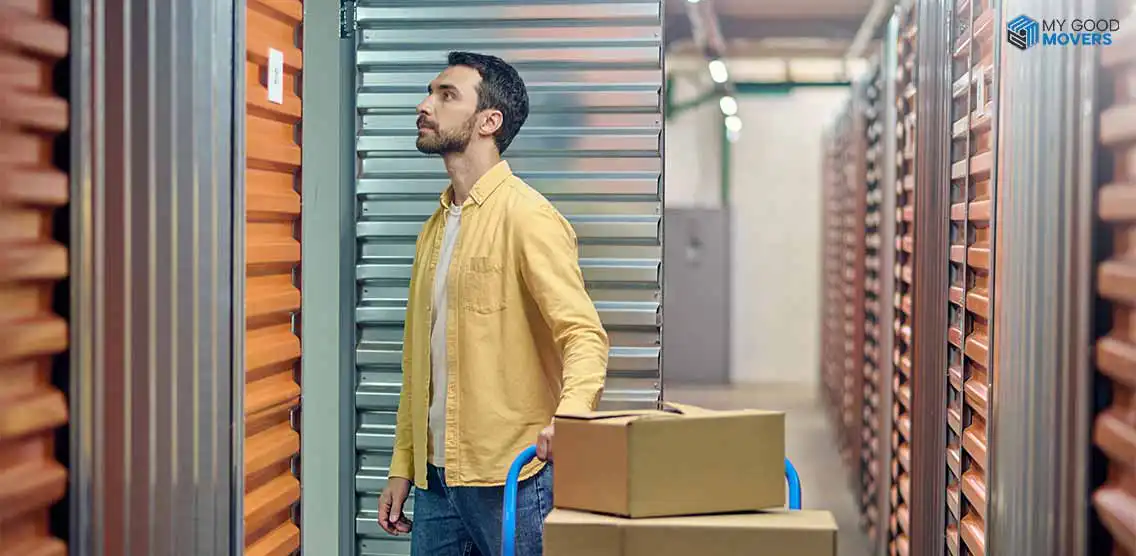
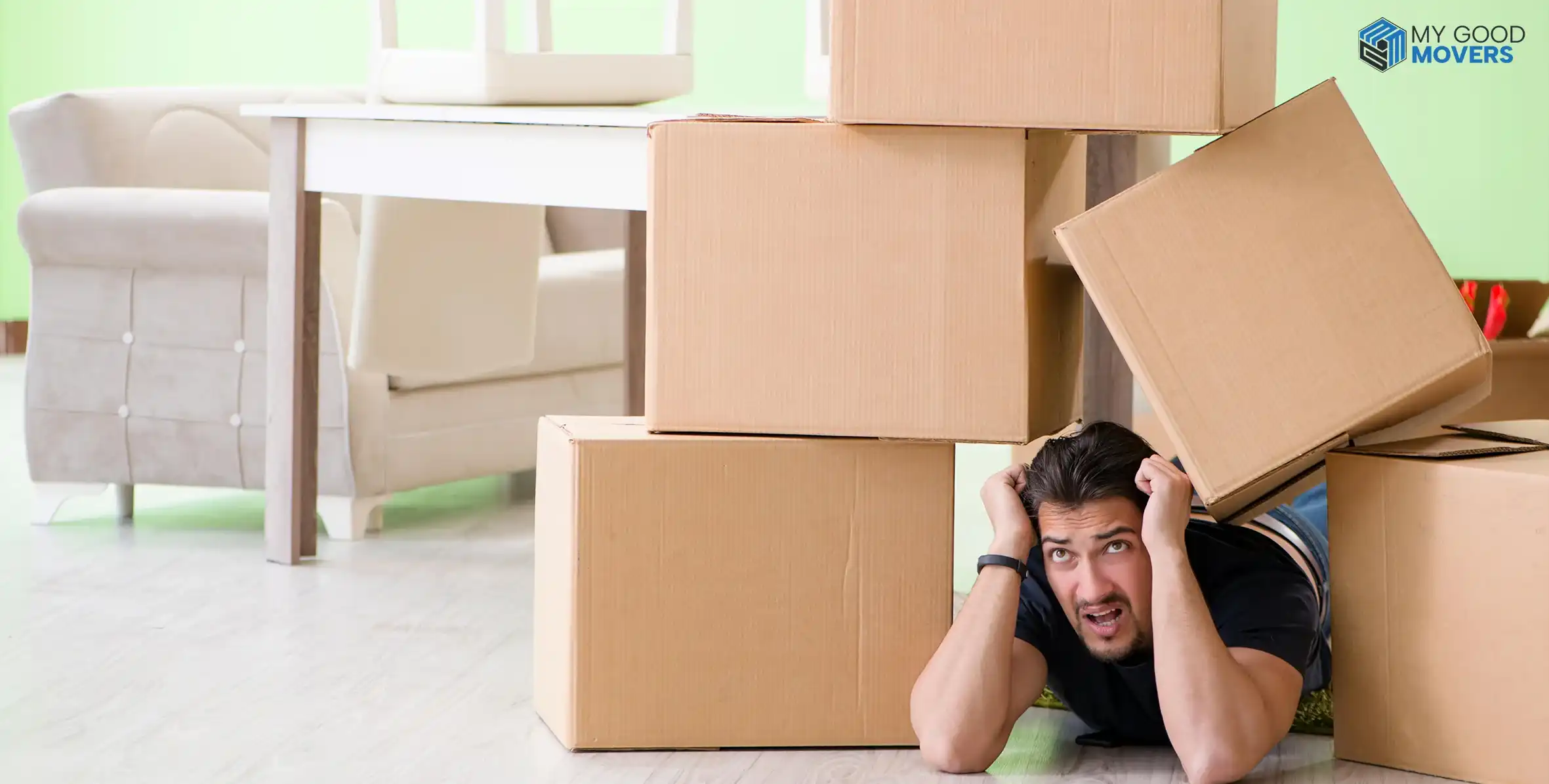

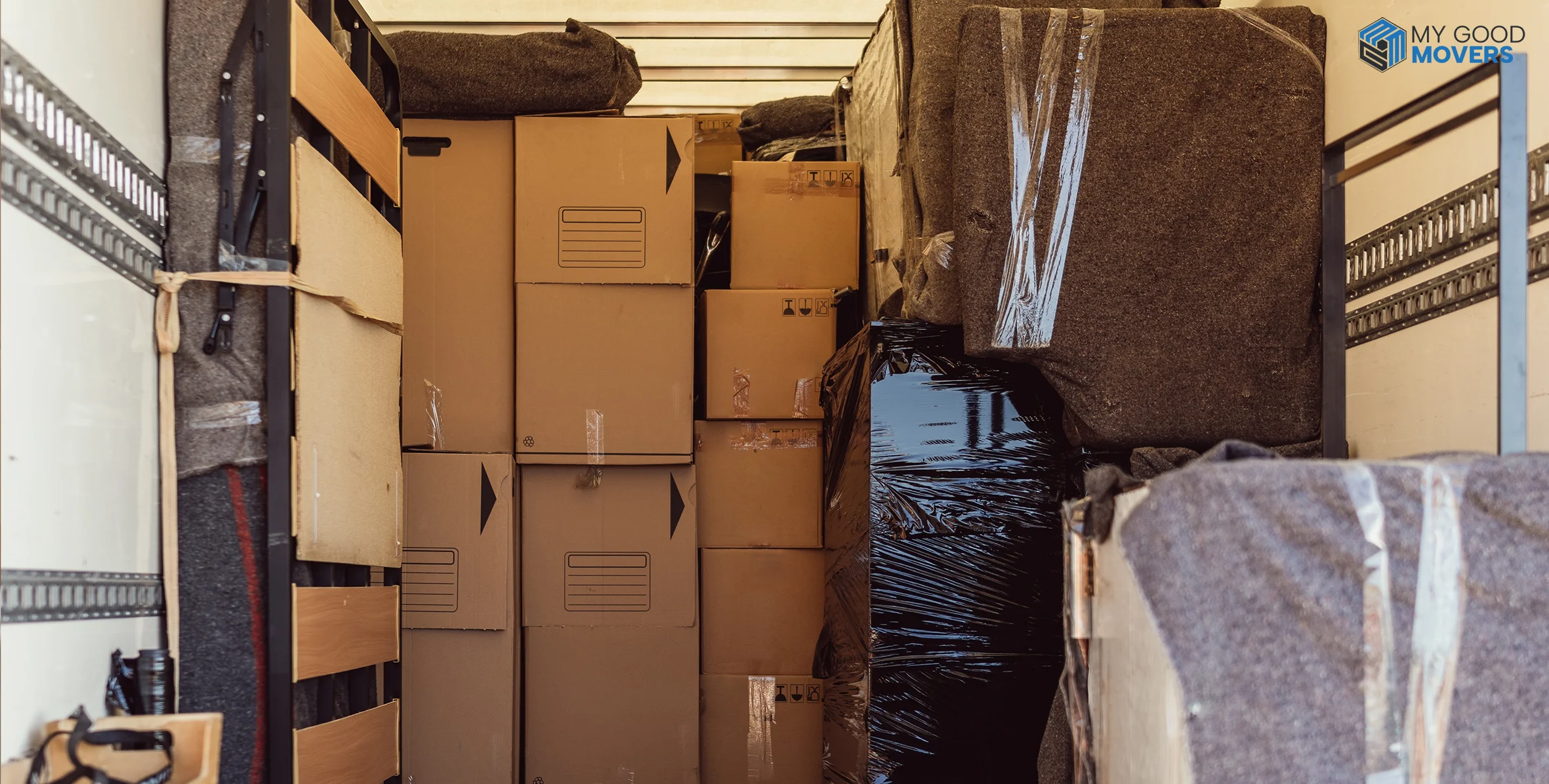
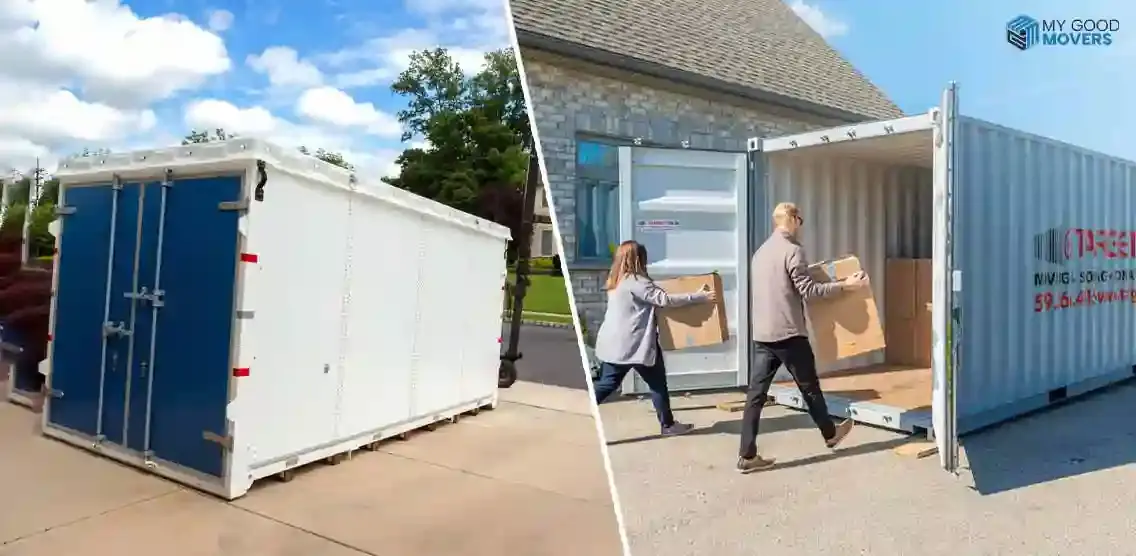
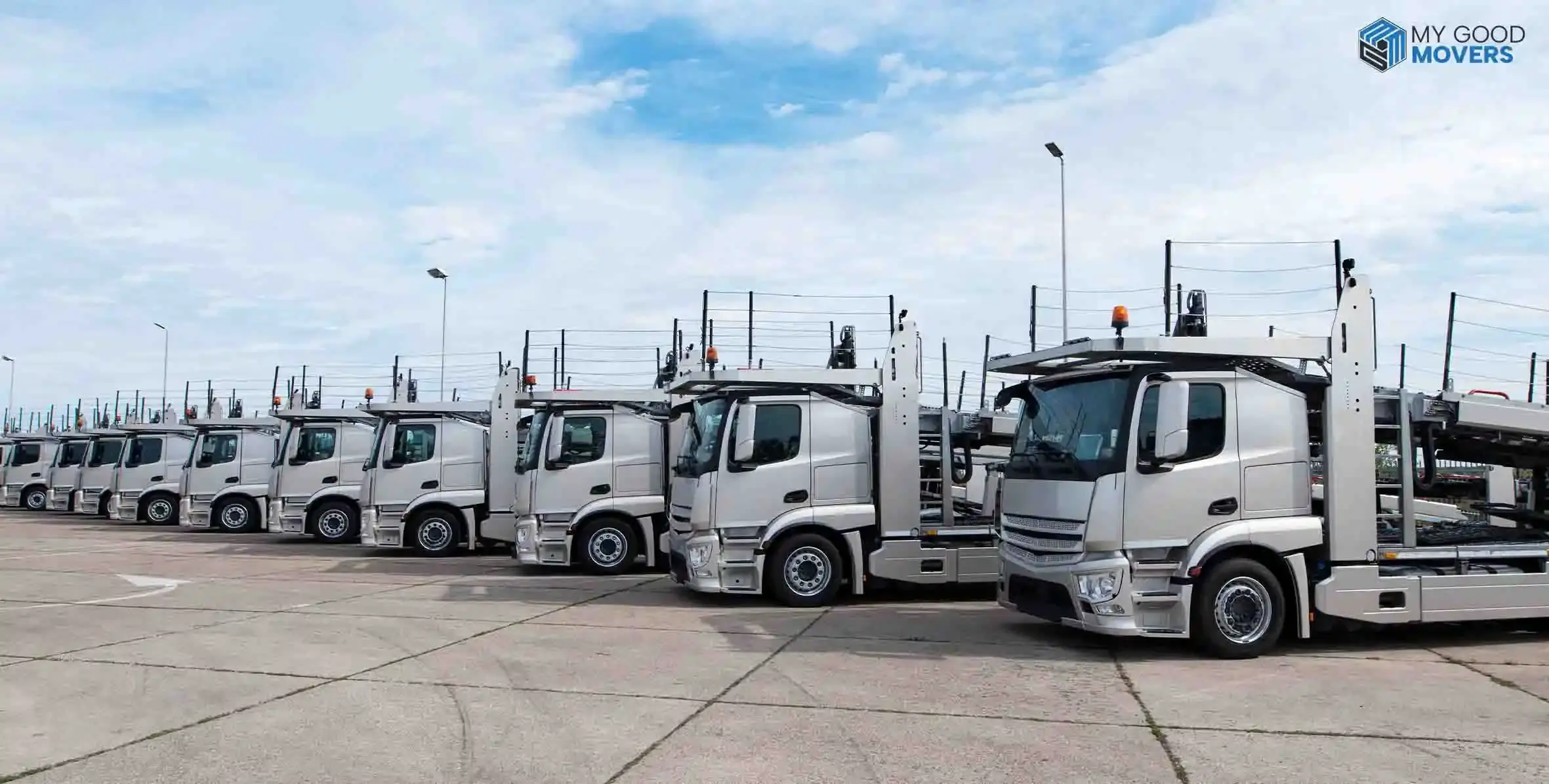


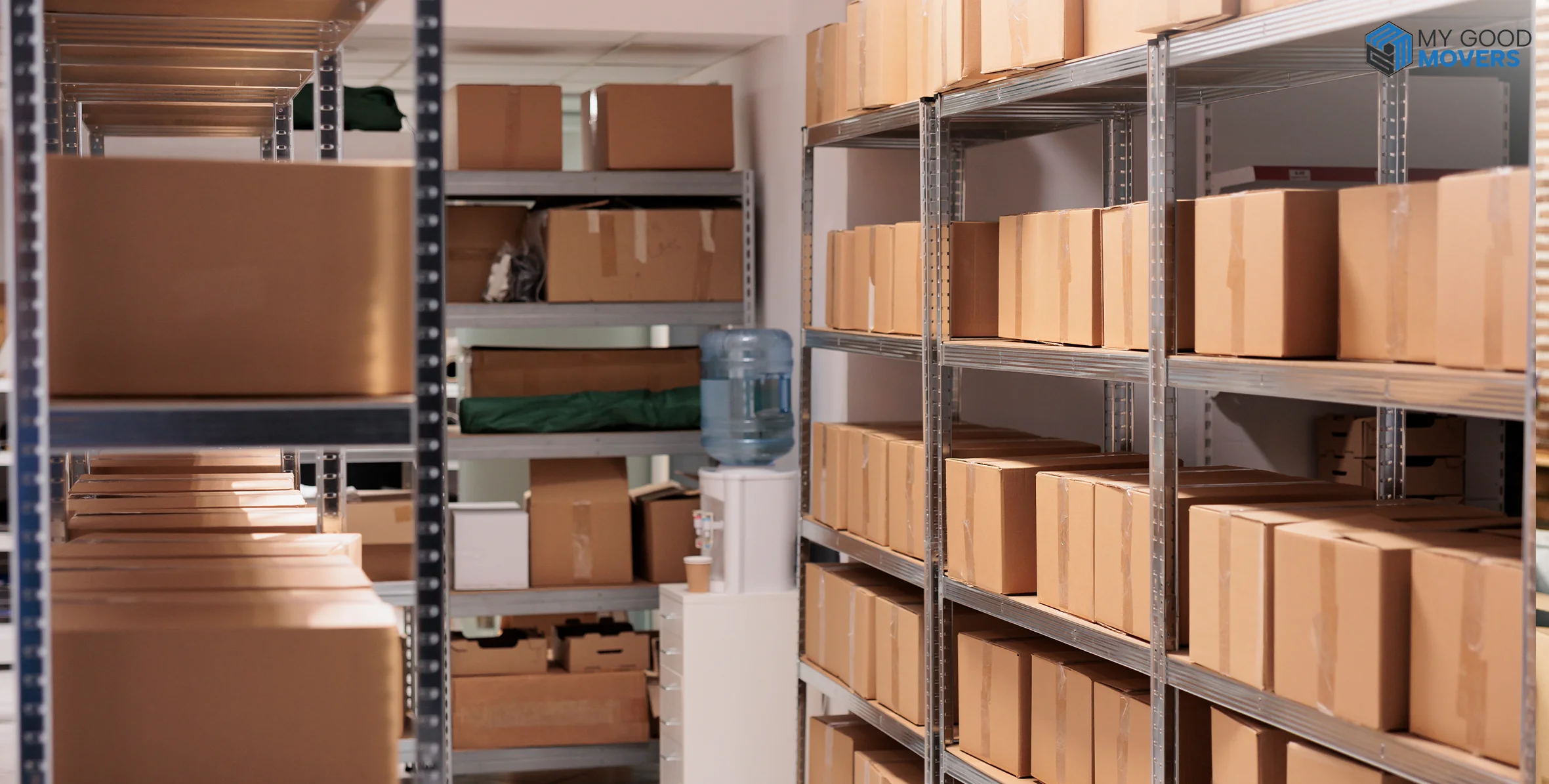


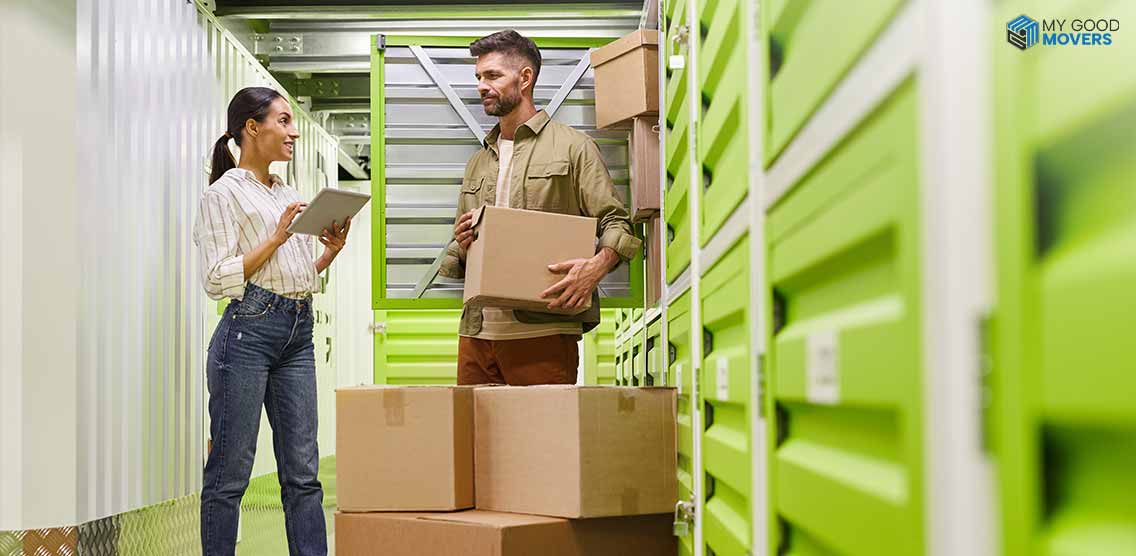
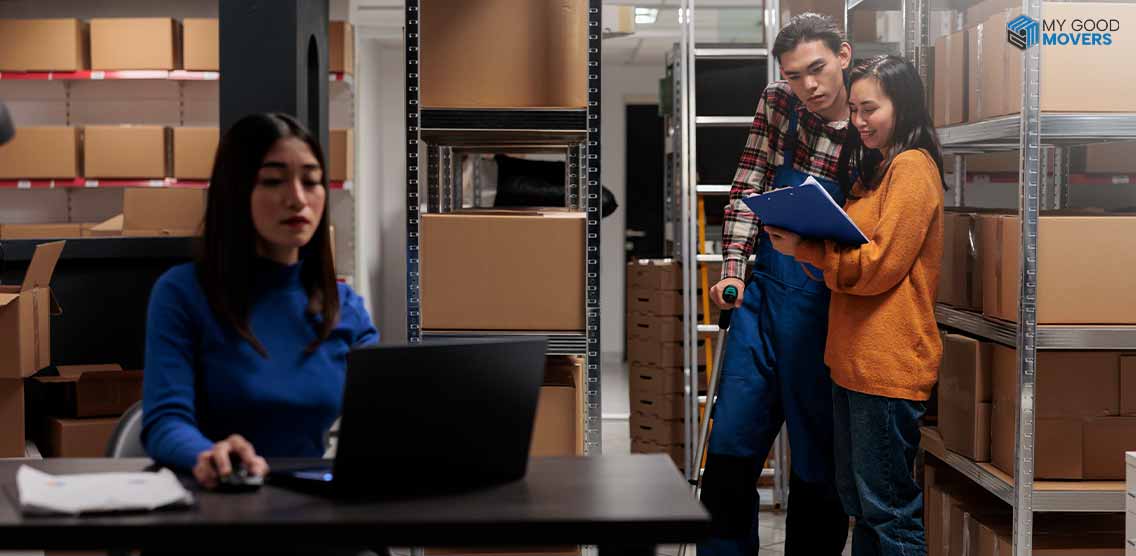
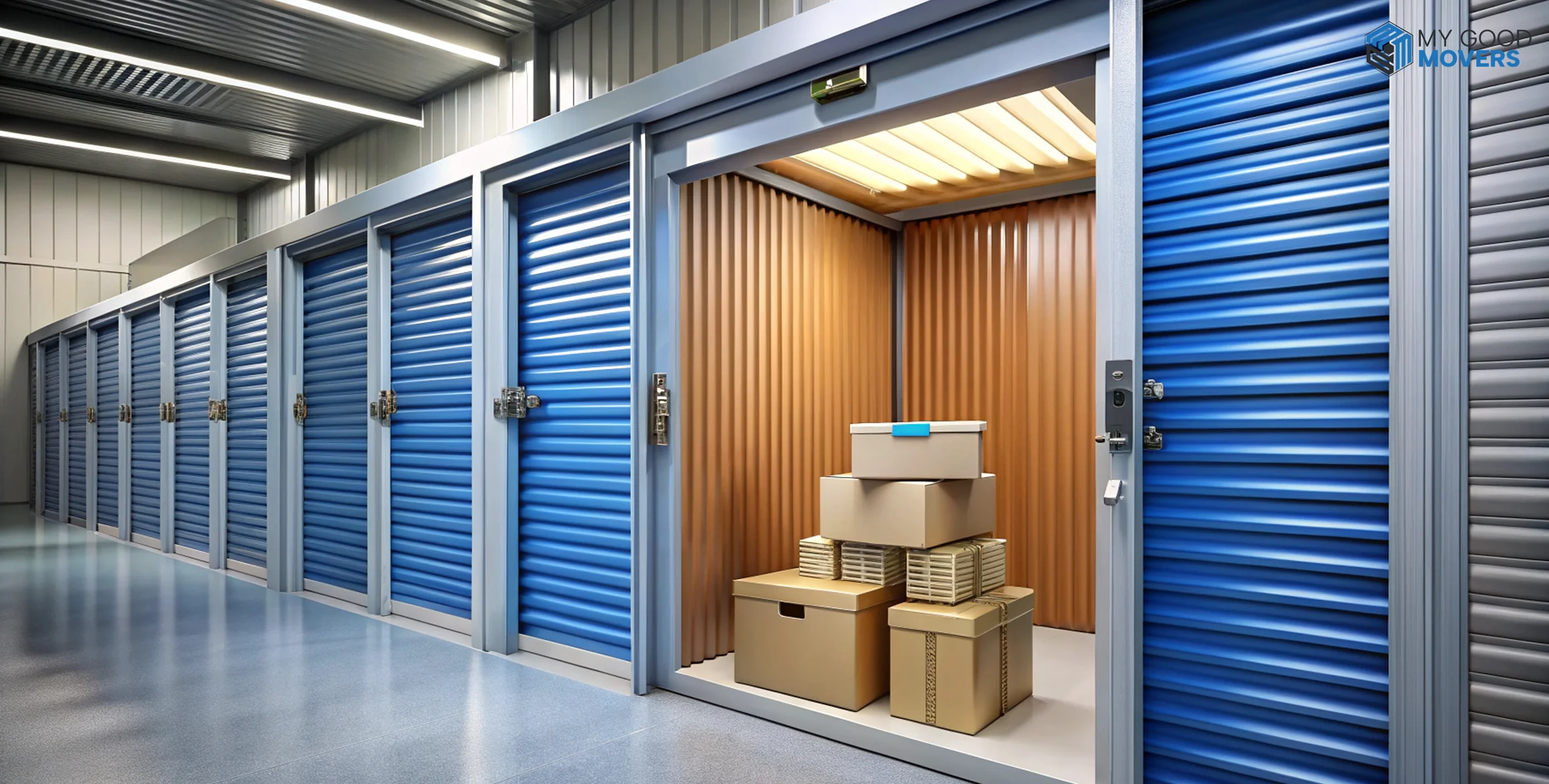
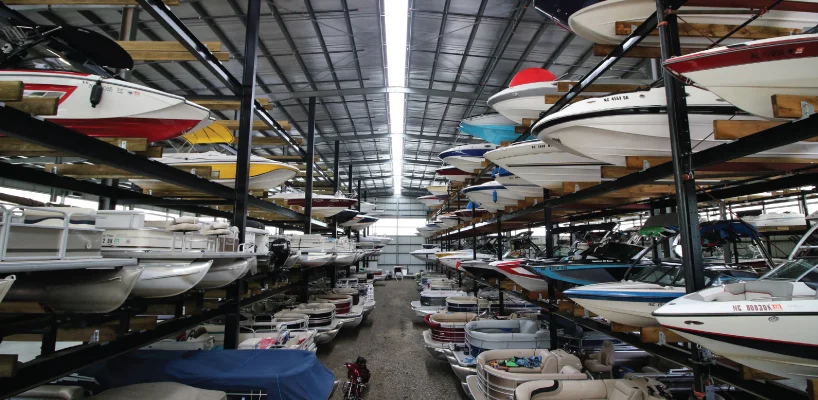

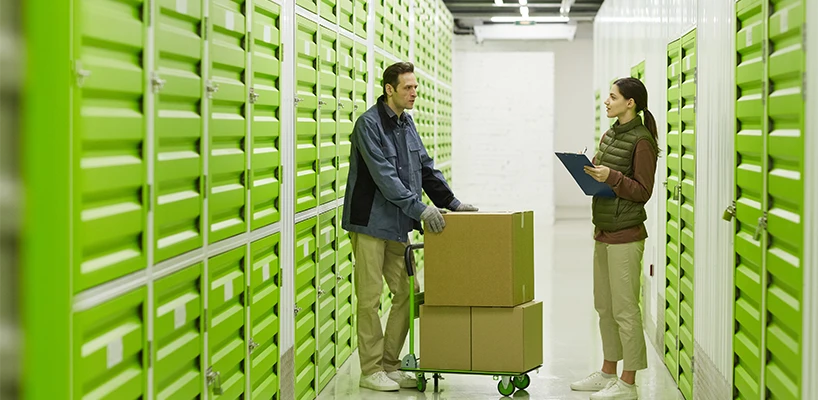
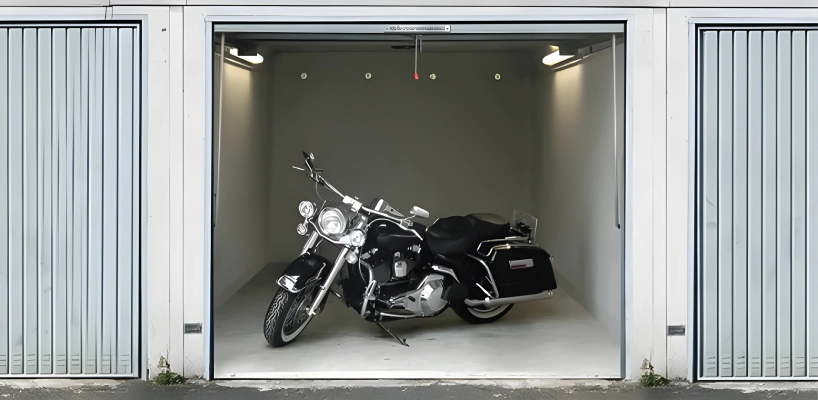



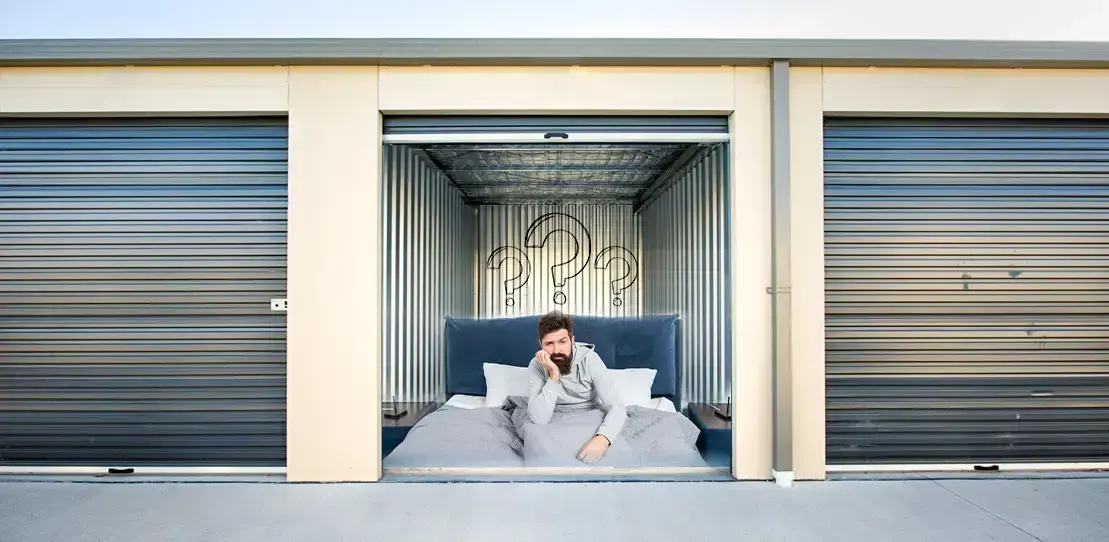

 (239) 799–6077
(239) 799–6077